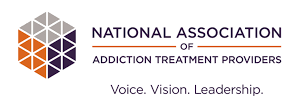Klonopin use disorder may be difficult to spot, so it’s important to be aware of the symptoms associated with Klonopin use.
If you’re wondering how to know if someone is on Klonopin or the signs someone is abusing Klonopin, it can be scary and overwhelming. Drug use, particularly prescription benzodiazepines like Klonopin, is on the rise, leaving people wondering how to identify signs of a substance use disorder. Regardless of the drug, there are general signs of abuse that may be present.
What Is Klonopin?
Klonopin is the brand name of the drug clonazepam, which is classified as a benzodiazepine. Benzos likeKlonopinare prescribed for:
- Anxiety disorders
- Panic disorders
- Seizures
- Alcohol withdrawal
Klonopin and prescription drugs work by calming overstimulation in the brain. They also have calming effects similar to alcohol, which is why there is a potential for abuse. When higher doses are taken, it creates not only a sense of calm and relaxation but also a euphoric high in some cases. The Food and Drug Administration (FDA) recently requiredadditional warningsfor benzos that address their potential for addiction.
Signs of Klonopin Use
Some common signs someone is on Klonopin or other benzos, particularly when they’ve taken a high dosage,include:
New Year, New Beginnings.
Whether you are struggling with addiction, mental health or both, our expert team is here to guide you every step of the way. Don’t wait— reach out today to take the first step toward taking control of your life.
- Drowsiness
- Dizziness
- Unsteadiness
- Coordination problems
- Difficulty thinking
- Muscle pain
- Joint pain
- Frequent urination
- Blurred vision
- Changes in sex drive or ability
- Confusion
- Coma
Many signs of Klonopin use are similar to signs of alcohol intoxication. The person may seem “out of it” and extremely tired, and these symptoms tend to become more pronounced as the person takes more of the drug.
When someone suffers from a benzodiazepine use disorder, there is a higher risk of abusing other substances simultaneously. Being on Klonopin and other substances at the same time increases the chances of an overdose.
Signs of Klonopin Abuse
In most cases of prescription drug abuse, people begin taking the drug for a legitimate medical condition, and then they build up a tolerance as they use it for a longer period. That tolerance may lead them to take more of the drug than they’re instructed to, or to take it in different ways for a more powerful effect, such as snorting it.
Klonopin abuse may be hard to spot. However, there are some recognizable warning signs. Lifestyle and behavioral warning signs someone is on Klonopin mayinclude:
- Interpersonal problems: getting into fights with family and friends
- Hazardous use: Hazardous use places a person in physically dangerous situations, like driving while under the influence. It may cause physical or mental health conditions that are directly related to drug use.
- Abandoning activities: giving up activities and other responsibilities to use the drug
- Changing priorities: Spending a majority of their time using the drug instead of other things they used to do
Sometimes the initial signs of being on Klonopin can even be as simple as unexplained absences, or a person removes themself from their old life, like finding a new social group or spending more time alone, for example.
For friends and family of a person with Klonopin substance use disorder, these behavioral changes may start appearing more and more often. For the person with a Klonopin use disorder, their quality of life can be significantly affected.
As this continues, people often become not just psychologically dependent on drugs like Klonopin but also physically dependent on them.
Signs of Physical Dependence on Klonopin
Symptoms of physical dependence on Klonopin are important to look out for. Physical dependence occurs when someone builds a tolerance to a drug like Klonopin and, as a result, experiences withdrawal symptoms if they stop taking it. Withdrawal from Klonopin happens when someone suddenly stops taking it after chronic use.
General physical signs of addiction (not just to Klonopin) may include:
- Withdrawal symptoms
- Increased tolerance
- Craving the drug
- Using larger amounts and for longer periods
Some specific signs of Klonopin withdrawal mayinclude:
- Aches and pains that are similar to flu symptoms
- Restlessness
- Feeling disconnected from reality
- Confusion
- Psychosis
- Hallucinations
In severe instances of Klonopin withdrawal, peoplemay experiencesuicidal thoughts or behaviors, as well as seizures.
Klonopin Abuse Statistics
Every few years, the Substance Abuse and Mental Health Services Administration (SAMHSA) conducts surveys to understand drug use in the United States.
In2020, SAMHSA reported that 4.8 million people aged 12 and older used benzodiazepines either without a prescription or in a way not prescribed to them.
Approximately 1.2 million people in 2020 had a prescription sedative use disorder in the past year. Adults aged 18–25 were most likely to misuse benzodiazepines and also to have a sedative use disorder.
If you see signs that someone is misusing or dependent on Klonopin, it’s important toget in touchwith an addiction professional or a rehab facility. Substance use disorder is a problem that requires intensive treatment, and can be deadly if someone doesn’t get the right help they need.








